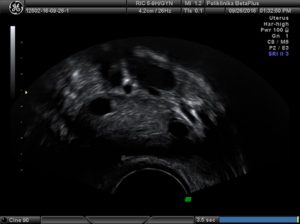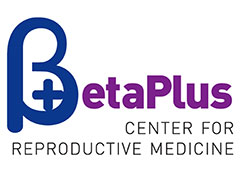Ovarian reserve is an expression for the supply of egg cells or follicles. Quantity, as well as quality of egg cells, reduces with age which means that the ovarian reserve decreases. Women are born with approximately 6-7 million egg cells, 400.000 of them remain until puberty, and only 300.000 until women’s late thirties. Since ovarian reserve in women varies, some of them might face significant ovarian reserve decrease already in their twenties, whereas some women are fertile in their late forties as well. Usually, low ovarian reserve is not accompanied with any symptoms, even though some women might face shortened menstrual cycles, e.g. from 28 to 25 days.
In addition to ageing, ovarian reserve can decrease due to different diseases (e.g. endometriosis) or ovarian trauma (during surgery). However, often the cause for low ovarian reserve remains unknown (idiopathic).
 Ovarian reserve is evaluated through laboratory results (AMH and basal FSH) in combination with ultrasound examination of ovaries (Antral Follicle Count – AFC).
Ovarian reserve is evaluated through laboratory results (AMH and basal FSH) in combination with ultrasound examination of ovaries (Antral Follicle Count – AFC).
Unfortunately, there is no medicine available which could slow down or prevent low ovarian reserve. However, low ovarian reserve in women younger than 36 does not have to have poor prognosis, because although the number of their eggs are few, they may be of good quality. Just the opposite is true for women older than 40




